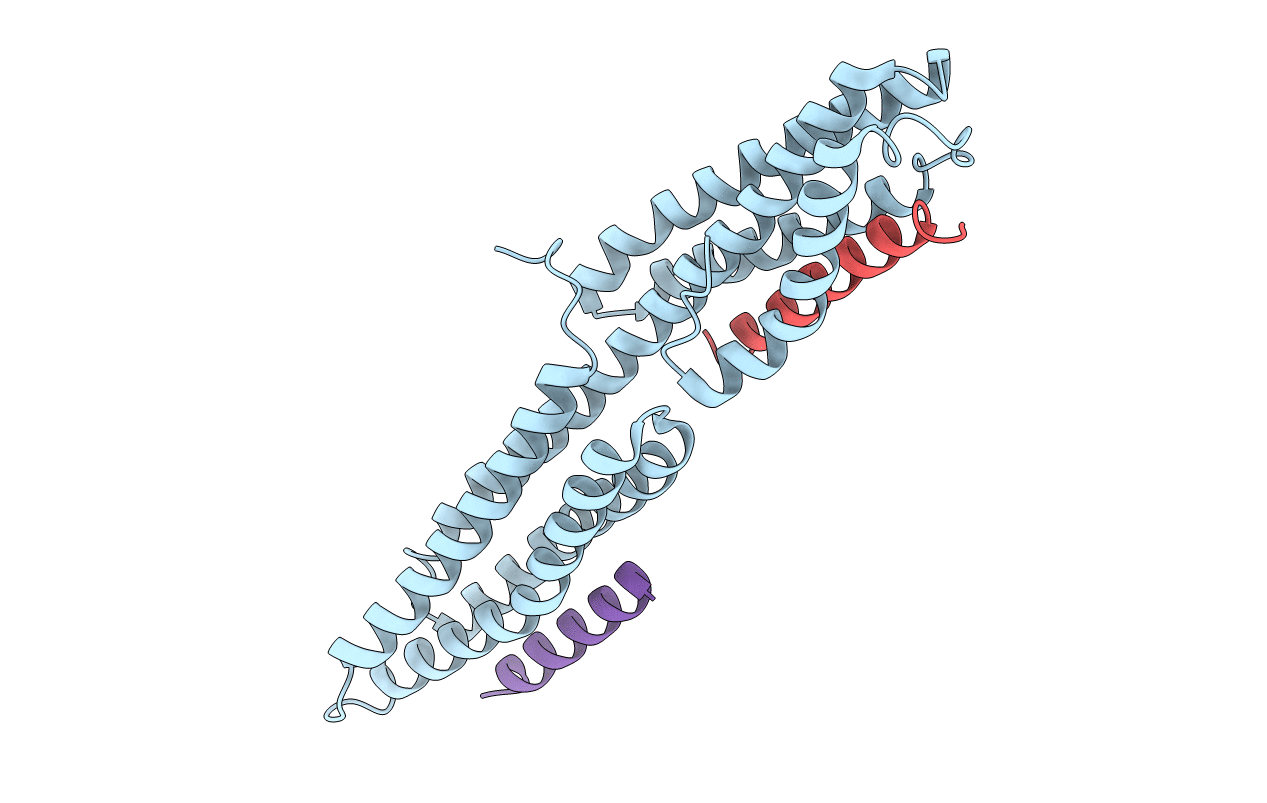
Deposition Date
2006-09-11
Release Date
2007-09-18
Last Version Date
2024-02-21
Entry Detail
PDB ID:
2IBF
Keywords:
Title:
Human vinculin's head domain (Vh1, residues 1-258) in complex with two vinculin binding sites of Shigella flexneri's IpaA (residues 565-587)
Biological Source:
Source Organism:
Homo sapiens (Taxon ID: 9606)
Shigella flexneri (Taxon ID: 623)
Shigella flexneri (Taxon ID: 623)
Host Organism:
Method Details:
Experimental Method:
Resolution:
3.20 Å
R-Value Free:
0.26
R-Value Work:
0.24
R-Value Observed:
0.24
Space Group:
P 43 3 2


